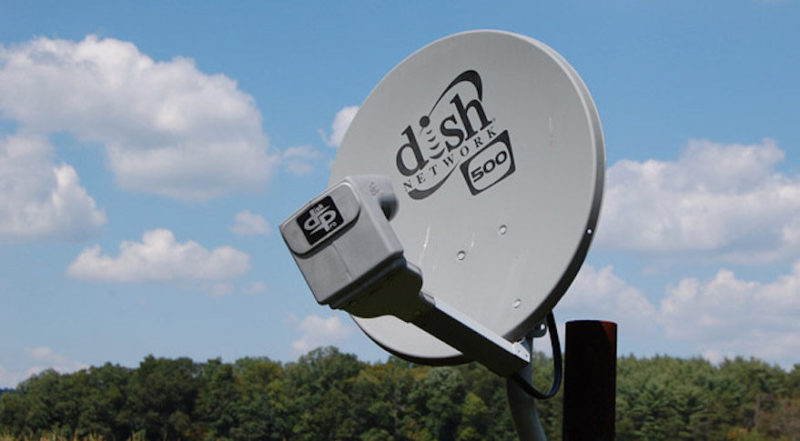Latest News

Photo: Dish Network
Dish Network reported its Second Quarter (Q2) 2019 financial results a week after the company announced entering the U.S. wireless market as the fourth nationwide network competitor. Dish’s revenues took a slight dip, and additionally, the company saw Pay-TV subscriber loss — but sees a bright future in the deal it struck between T-Mobile and Sprint. This deal puts AT&T and Verizon on notice, according to T-Mobile CEO John Legere.
Dish’s revenues totaled $3.21 billion for the quarter ending June 30, compared to $3.46 billion for the corresponding period in 2018. Net income attributable to Dish Network totaled $317 million for the second quarter 2019, compared to net income of $439 million from the year-ago quarter.
The company closed the second quarter with 12.03 million total Pay-TV subscribers, including 9.56 million Dish TV subscribers and 2.47 million Sling TV subscribers. Net pay-TV subscribers declined approximately 31,000 subscribers in the second quarter, compared to a decline of approximately 151,000 in the second quarter 2018.
Dish is now building the New T-Mobile, which uses both LTE and 5G networks.
“We are going to build this network out,” Dish Co-Founder and Chairman Charlie Ergen said. “You read about 5G and read about what others are going to do with 5G, but the reality is that it can do so much more, and it’s about the infrastructure you can build around it. We get to use the old, and we get to build the new one. Our build out will be where the towers are most used, and people are using data. We will build highly efficient towers, longer-term, we will build out the more rural towers.”
Aside from Pay-TV subscriber loss, the market is shifting and Dish looks to attract subscribers in the wireless business. “We will be able to slice our network in any number of ways,” Ergen continued. “One of the big slices will be our own retail business and we will be able to compete. We know we can compete on a timely basis now. We have the ability to lease out 35 percent of our network, and we can get 125 million subscribers, and we still have room to put 5G where it is best used whether that’s industry, healthcare or whatever.”
Get the latest Via Satellite news!
Subscribe Now